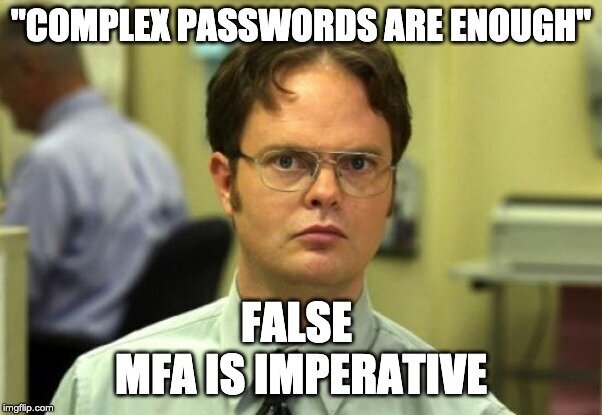Enable Two-Factor Authentication (2FA)
Description
Two-factor authentication (2FA) adds an extra layer of security to your online accounts beyond just a password. With 2FA, accessing an account requires a password and a second factor, typically something you have (like a mobile device) or something you are (such as a fingerprint). This means even if someone discovers your password; they won’t be able to access your account without access to this second factor.
Why It’s Important
- Enhanced Security: Even if a password is compromised, 2FA protects your account by requiring a secondary verification.
- Reduces Risk of Unauthorized Access: It significantly reduces the chances of unauthorized access to your accounts, as attackers are unlikely to have access to the second authentication factor.
- Protects Sensitive Data: This is essential for accounts that hold sensitive personal or financial information, providing peace of mind that your data is more secure.
How to Enable 2FA
- Check Account Settings: Most online services (email, social media, banking, etc.) offer 2FA options in their security settings. Look for terms like “Two-Factor Authentication,” “Two-Step Verification,” or “Extra Security”.
- Choose the 2FA Method: Common methods include receiving a code via SMS, using an authenticator app that generates time-based codes (such as Google Authenticator or Authy), or using a physical security key.
- Follow Setup Instructions: Typically involves verifying your phone number, installing the authenticator app, and scanning a QR code.
- Backup Codes: Many services provide backup codes during setup. Store these securely to ensure access if your second factor is unavailable.
Types of 2FA
- SMS Verification: A code is sent to your mobile device via text message.
- Authenticator Apps: Generate time-limited codes without the need for a network connection.
- Push Notifications: A notification sent to a device that you approve for access.
- Biometric Verification: Fingerprints or facial recognition.
- Hardware Tokens: Physical devices that generate codes or use near-field communication (NFC).
Tips for Using 2FA
- Prefer Non-SMS Methods: SMS can be intercepted. Authenticator apps or physical security keys are more secure.
- Keep Backup Options: Register multiple methods or keep backup codes if one method is unavailable.
- Regular Review: Review your 2FA settings to ensure they are current and remove any old or unused devices.
Conclusion
Enabling two-factor authentication is a critical step in securing your online presence. It provides a robust additional layer of protection, making it much harder for attackers to gain unauthorized access to your accounts. Integrating 2FA into your security practices significantly protects your personal and financial information against potential cyber threats.






